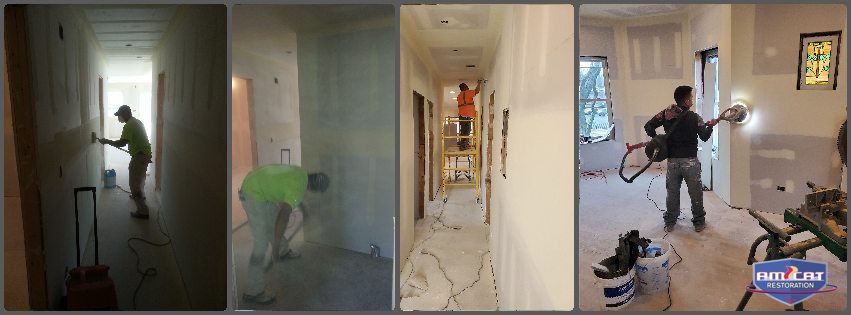
SANDING MUD / PLASTER ON DRYWALL
Am-cats Teams Drywall / Sanding will cost $10 per sheet of sanded mud/plaster throughout the project.
Freshly plastered walls should be smooth on the whole, but you may find the odd plaster splash or pieces of dust that have been left. Use fine sandpaper and a brush to remove these blemishes but don’t be too vigorous with your sanding. If the plaster is only slightly uneven in spots, you can get away with using a block hand sander. If the plaster is horribly uneven, you may need to use an electric sander. Use a fine grade of sandpaper either way and work slowly. After the last coat dries, pole-sand the wall with 120-grit paper. If you have too many peaks and valleys, hit the walls with 100-grit first. After the first coat has dried completely, you will need to sand and apply two more coats to the fasteners, sanding between each coat. Team Drywall is always ready with a clean knife and mud pan on stand-by If the wall has distinct crevices, cracks, or textured areas, or if your brand of drywall mud isn’t offering enough coverage, you may have to do a couple of additional coats of compound. However, in general, you’ll need one coat to fill in the seams and three more coats after taping. After the first coat has dried completely, Team Drywall will Touch up grooves and large ridges with another coat of joint compound rather than trying to sand them out. *Keynote One thing that wet-sanding does that dry-sanding does not: It moistens dried mud compound, thus “reactivating” it and moving it to other parts of the wallboard. The main value of wet drywall sanding is to smooth out and feather the ridge edges. Team Sanding use Sanding blocks and pads with handles to sand drywall, sanding sponges are used to sand drywall and are designed to be used wet and power sanders, hand sanders, and sanding sponges all share a similar challenge when used on corners. Orbital sanders are compact, quiet, and lightweight, making them one of the most commonly used sanders to tackle small projects. This tool is ideal for sanding drywall, baseboards, or other flat surfaces. The best way to use sandpaper to finish drywall and sand joint compound is, to begin with, semi-coarse sandpaper of 100 or 120 grit. Then, move to finer grit sandpaper, such as 150. If a fine finish is desired, perform a third pass with 220-grit sandpaper.

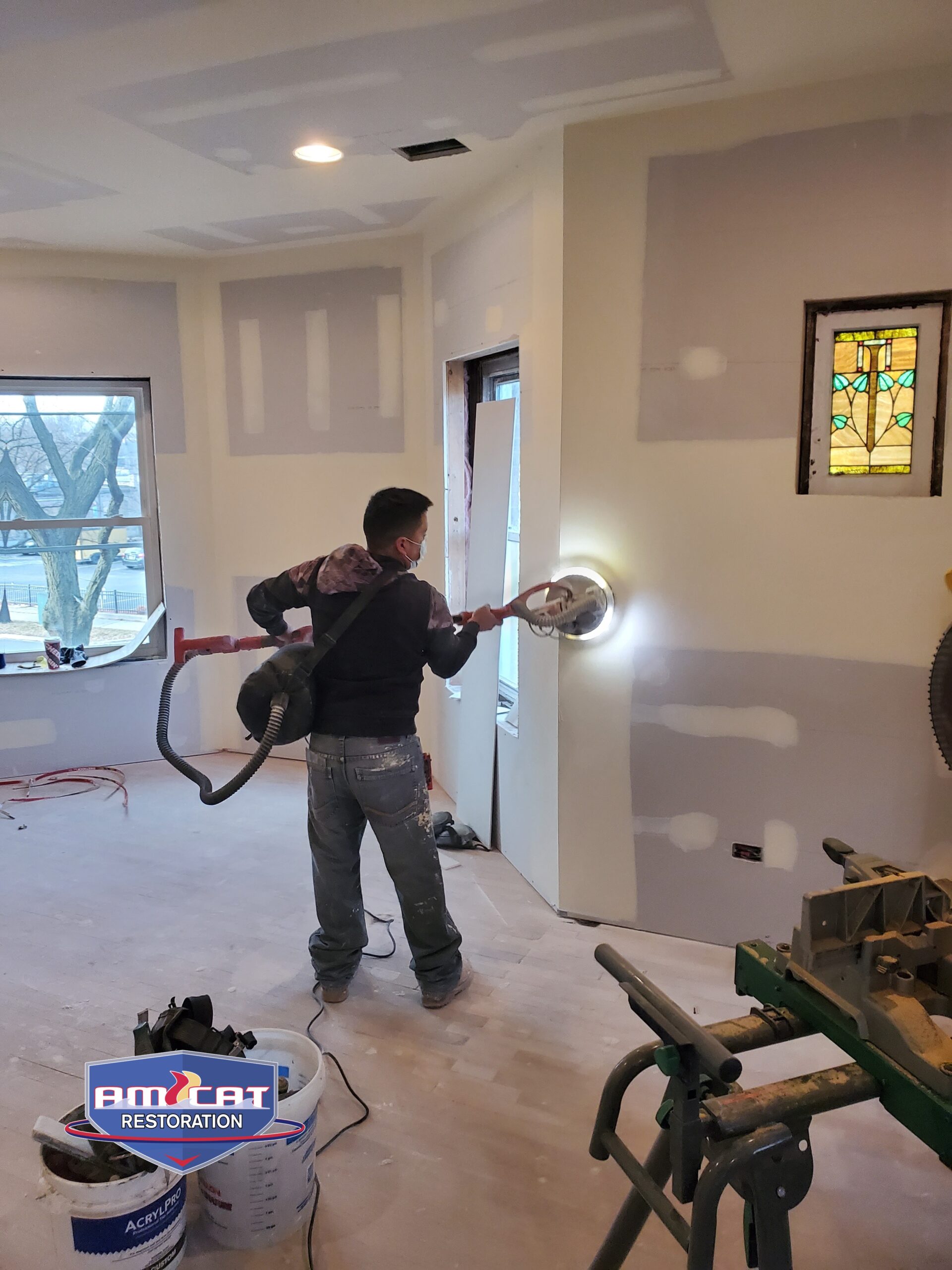












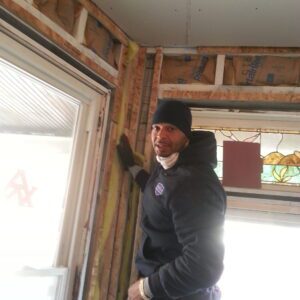
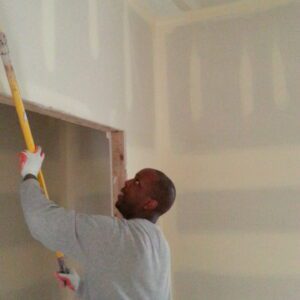
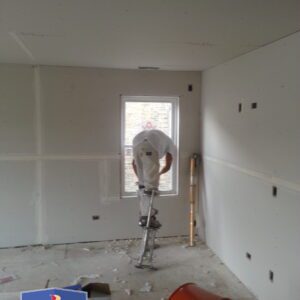
Reviews
There are no reviews yet.